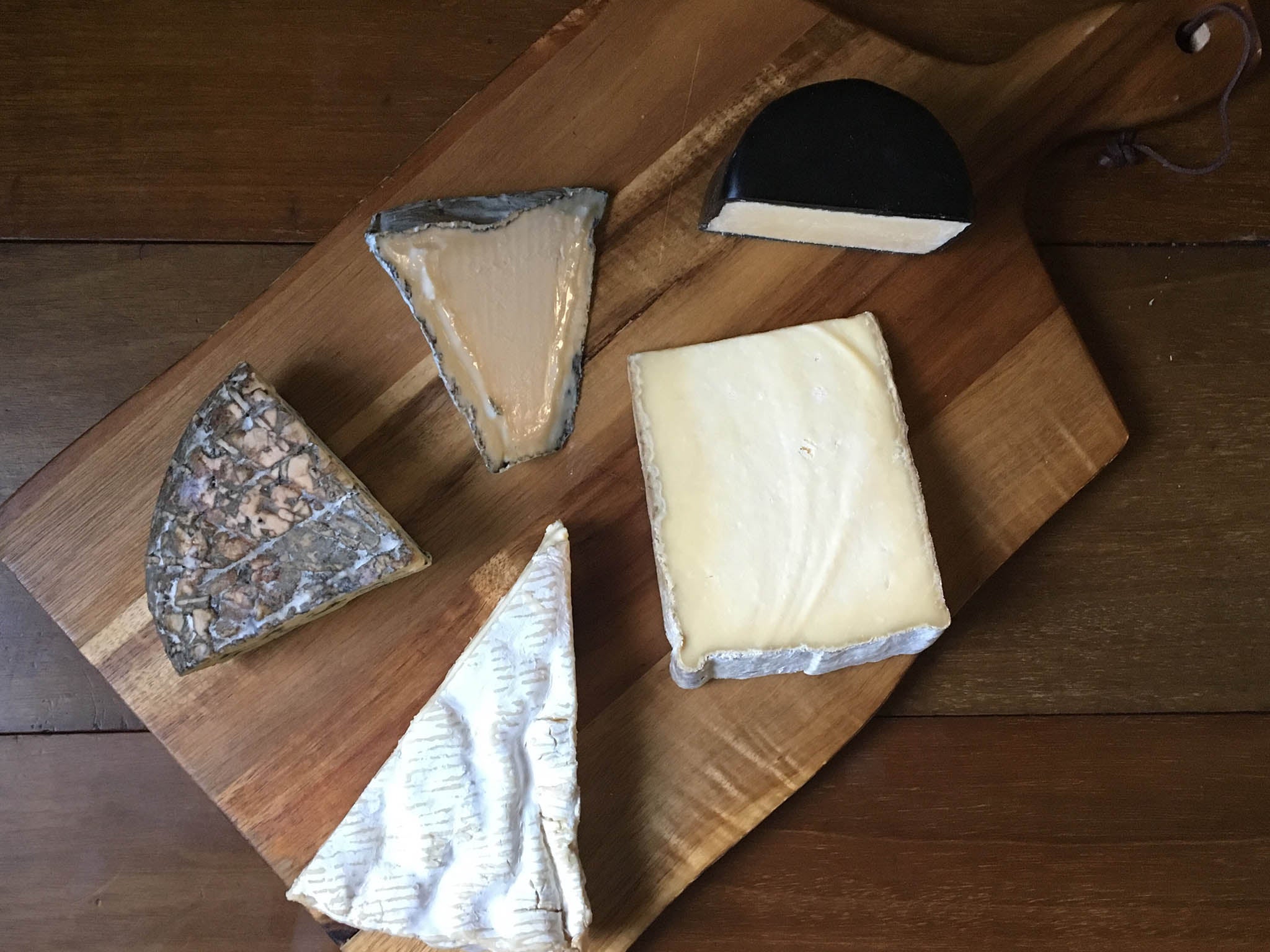How to create the ultimate cheese board this Christmas
Don’t forget the all important cheeseboard this Christmas... start with basics, consider presentation and pack as much flavour on the plate as possible, says Julia Platt Leonard


You’ve got the turkey sorted. Ditto for the sides, mince pies, Christmas pudding and fizz. But what about the Christmas cheeseboard? If Christmas lunch is all about abundance, then don’t scrimp on the cheese.
If you’re flummoxed, then Matt Kelly, cheesemonger and co-owner of Pistachio & Pickle Dairy in London has some advice.
Start with the basics. You want a hard, a soft and a blue – “the holy trinity,” he says. “Add to that a speciality cheese like a cumin flavoured Cornish gouda or wild garlic yarg or a washed rind cheese like nuns of Caen and of course a goat.”
Go for an odd number of cheeses for your board. “It’s more visually interesting,” he says. Then think about a range of different strength cheeses.
“Like wine, with cheese you have strength of flavour – in wine you’d call it intensity.” For a cheeseboard, you want to make sure you cover mild, medium and strong. Yes, indulge in that particularly powerful and smelly stinking bishop that you fancy but don’t forget to include some crowd pleasers too. “Think Nan or Auntie Vera who thinks onions are too spicy,” he says.
Matt says that while the French take a more ascetic approach to serving cheese, in England we’re the opposite. “It’s an opportunity to put as much flavour on the plate as possible,” he says. So remember to include chutney, pickled fruit or onions. Choose accompaniments that will bring out the best in your cheeses, such as pickled cucumbers to serve alongside your prized aged gouda.
“Try to create in your cheeseboard, complimentary and contrasting flavours and textures.” Think of the creaminess of the cheese contrasted with crunchy nuts, the sweetness of dried fruit and the tang of something pickled or preserved.
And then there’s the thorny issue of butter. Kelly acknowledges the allure of serving butter on a cheeseboard but cautions against it. “There are very few things not improved by butter but in this case, steer clear.” That’s because, he says, butter adds a layer of fat that, “muddies the edges of the cheese”.
Armed with cheese and accompaniments, consider presentation. Do you want to serve your cheese on black slate, a piece of white marble or a rustic wooden board? And don’t forget to let your cheese sit for at least two hours at room temperature so it’s at its best.
When it’s all done and the last guest has staggered off for a long winter’s nap, wrap and store your cheese. Kelly says cling film is fine but do place it in the salad box in the bottom of the fridge, where it’s slightly warmer. If your beloved goat cheese starts to dry out, not to fear. Kelly says waste not want not – add it to a risotto or cheese sauce or on a pizza.
“You don’t have to wolf it down straight away. It’s not a cream cake that needs to be eaten on the day,” he jokes. But the biggest lesson of all when creating your Christmas cheeseboard? “Don’t be slavish. Be intuitive. Ask for a taste. Ask for advice.”
Pistachio & Pickle Dairy, 6 Camden Passage, London N1 8ED; pistachioandpickle.com
Join our commenting forum
Join thought-provoking conversations, follow other Independent readers and see their replies
Comments